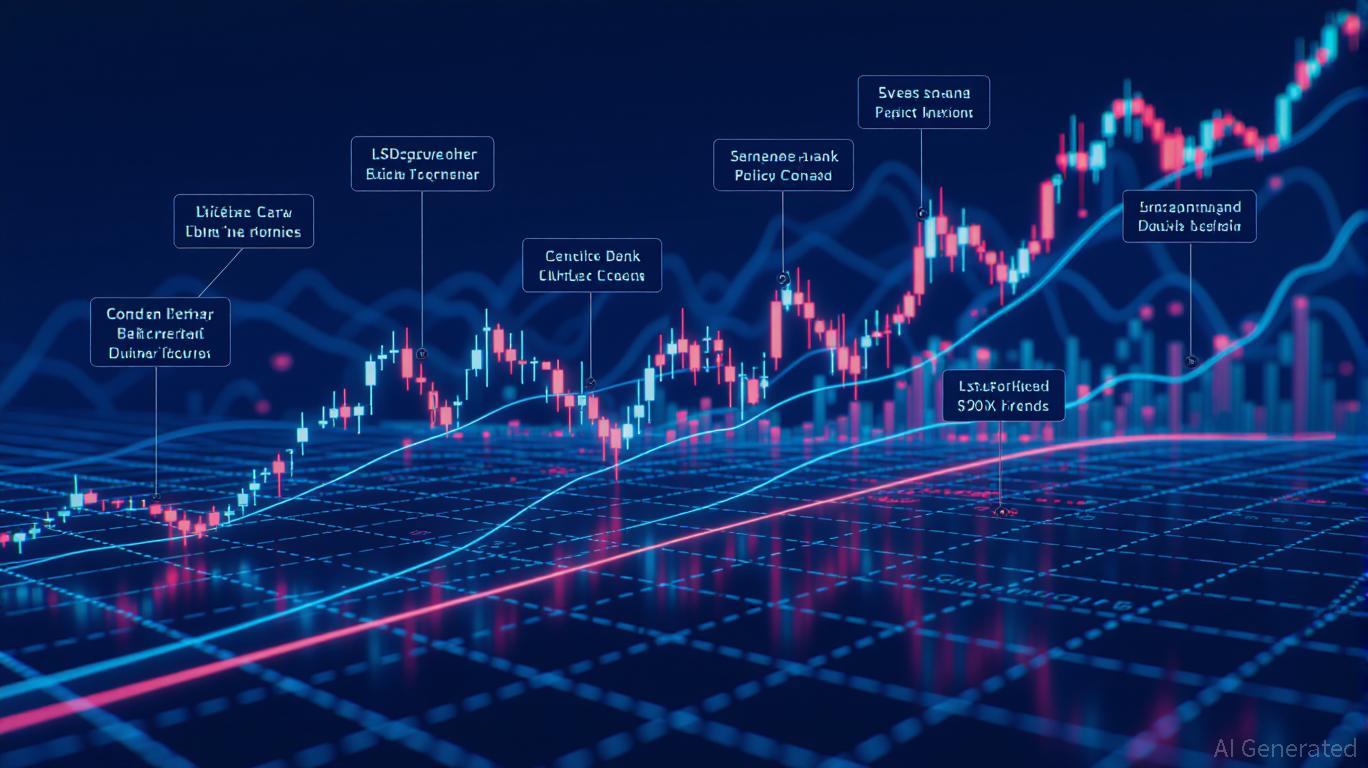Why is the price of the Bittensor (TAO) cryptocurrency soaring today?
- TAO surpasses US$500 after the release of a European ETP.
- TAO halving in December could reduce supply by 50%.
- Institutional interest grows with regulated staking.
The Bittensor (TAO) token has seen a significant increase in value over the past 24 hours, trading at US$528,63, up 18% at the time of publication. The asset has surpassed the US$500 mark and solidified its position among the market's top performers. In recent weeks, TAO has accumulated gains exceeding 40%, attracting investors interested in the rapid growth of AI-focused tokens.
While Bitcoin holds support above $110 and Ethereum remains stable around $3.800, Bittensor is advancing on its own merits, demonstrating resilience even in the face of recent cryptocurrency market fluctuations. TAO's performance reinforces the perception that the project continues to attract consistent institutional and speculative attention.
The main reason for this increase was the launch of the first TAO exchange-traded product (ETP) with staking in Europe. Safello, in partnership with Deutsche Digital Assets, debuted the Safello Bittador Staked TAO ETP (STAO) on the SIX Swiss Exchange, offering investors regulated exposure to the Bittensor ecosystem and also distributing staking rewards.
This launch is considered a milestone for the institutional recognition of the token. The new investment option provides European investors with simplified access to TAO, strengthening the legitimacy of the decentralized artificial intelligence network and expanding the asset's liquidity in the global market.
Beyond the impact of the ETP, optimism is driven by the approach of Bittensor's first halving, scheduled for early December 2025. The event will reduce daily TAO emissions by 50%, decreasing the circulating supply and potentially increasing demand for the asset.
According to analysts, this combination of factors is shaping an environment of sustainable appreciation. A crypto asset expert commented on X that the token is already showing "gains of around 40% and a continued upward trend," indicating a possible long-term technical reversal.
Another analysis published on October 28 reinforced the positive sentiment, pointing out that the price of Bittensor could reach new records if the current momentum is maintained until the halving scheduled for December.
Disclaimer: The content of this article solely reflects the author's opinion and does not represent the platform in any capacity. This article is not intended to serve as a reference for making investment decisions.
You may also like
Fed's Ambiguity Causes Dollar to Weaken and Triggers Divergent Responses in Gulf Markets
- Fed policy uncertainty weakens U.S. Dollar, causing Gulf markets to react diversely as rate cut odds drop to 65% from 90%. - OPEC+'s output pause and falling oil prices amplify market anxiety, while Saudi TASI declines and Abu Dhabi FADGI rises. - U.S. Treasury Secretary Bessent demands aggressive Fed rate cuts to address housing crisis, aligning with some officials' calls for easing. - Dollar Index hits 100+ amid geopolitical fragmentation, as global investors shift capital toward Europe and Asia. - Fed

"Shattering Limits: On-Chain Cryptocurrency Now Enables Effortless Spending Worldwide Through the Visa Network"
- Tangem launched Tangem Pay, a non-custodial Visa card enabling global on-chain USDC spending via Polygon, retaining self-custody. - The service uses a dual-key security model with Rain handling compliance, operating in the U.S., Latin America, and Asia-Pacific. - It targets developing markets by reducing remittance costs and plans 2026 European launch under MiCA, aiming for 10M users by 2026. - Partnering with Paera and Rain ensures regulatory compliance, differentiating it from no-KYC alternatives like

Leverage-Induced Sell-Offs Cause Simultaneous Decline in Stocks and Cryptocurrencies

MMT Price Forecast Fluctuations in Late 2025: Effects of Macroeconomic Changes and Central Bank Decisions on Token Values
- 2025 crypto markets face instability from algorithmic stablecoin de-pegging (e.g., USDsd) and central bank policy shifts under Modern Monetary Theory (MMT). - De-pegging events trigger systemic risks, prompting stricter regulation on uncollateralized stablecoins as central banks prioritize stability over innovation. - Macroeconomic uncertainty and AI-driven cyber threats (e.g., UNC1069 malware) amplify volatility, challenging token valuations amid regulatory and geopolitical risks. - BIS advocates hybrid

